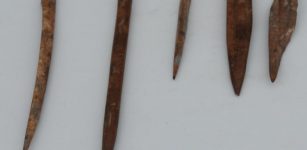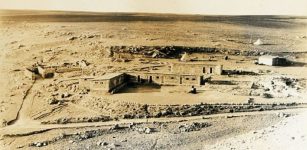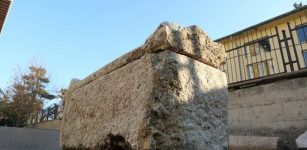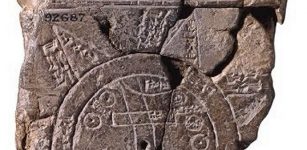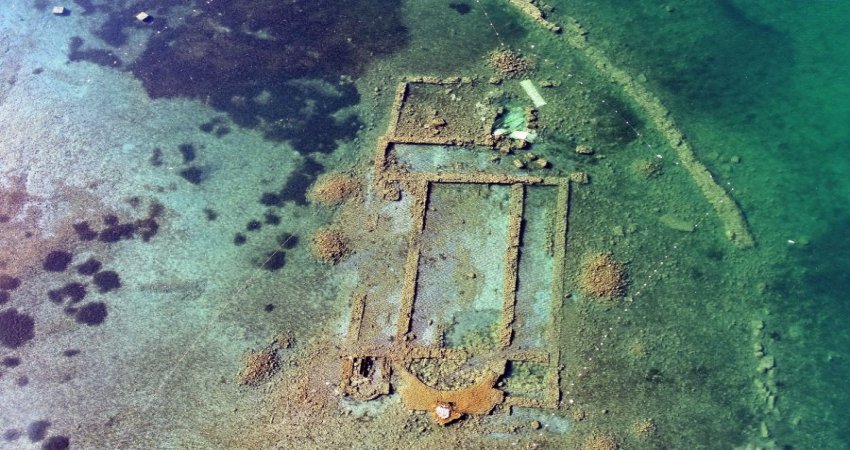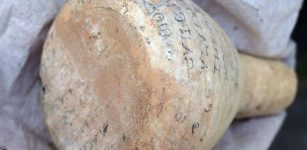Final Journey Of Ötzi Iceman: More Clues Found In Frozen Moss
Conny Waters – AncientPages.com – Researchers have now identified mosses and liverworts frozen with the Iceman, Ötzi. The man’s 5,300-year-old human corpse was found frozen in ice in the Italian Alps in September 1991 in the Ötztal Alps.
Over 5300 years ago, Ötzi was crossing Tisenjoch/Giogo di Tisa in the Schnalstal/Val Senales Valley, South Tyrol, where he was murdered and preserved naturally in the ice.
He is, therefore, older than the famous Egyptian pyramids and Stonehenge. Ötzi lived during the Copper Age, a period of the late Neolithic. He was still using stone tools but owned an innovative and very valuable copper axe.
He was discovered accidentally by hikers in 1991, together with his clothing and equipment.
A team from the University of Glasgow collaborated with the University of Innsbruck, and identified at least 75 species of brypophytes – mosses and liverworts –preserved with the Iceman, holding important clues to Ötzi’s final surroundings and last moments.
When discovered in 1991, Ötzi’s mummified body, melting out of ice high in the Alps (3,210m above sea level), captured the attention of the world. His body was frozen alongside his clothing and gear, as well as an abundance of plants and fungi.
Today, 23 bryophyte species live the area near where Ötzi was found, but inside the ice, the researchers identified thousands of preserved bryophyte fragments representing at least 75 species. It is the only site of such high altitude with bryophytes preserved over thousands of years.


